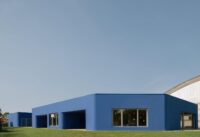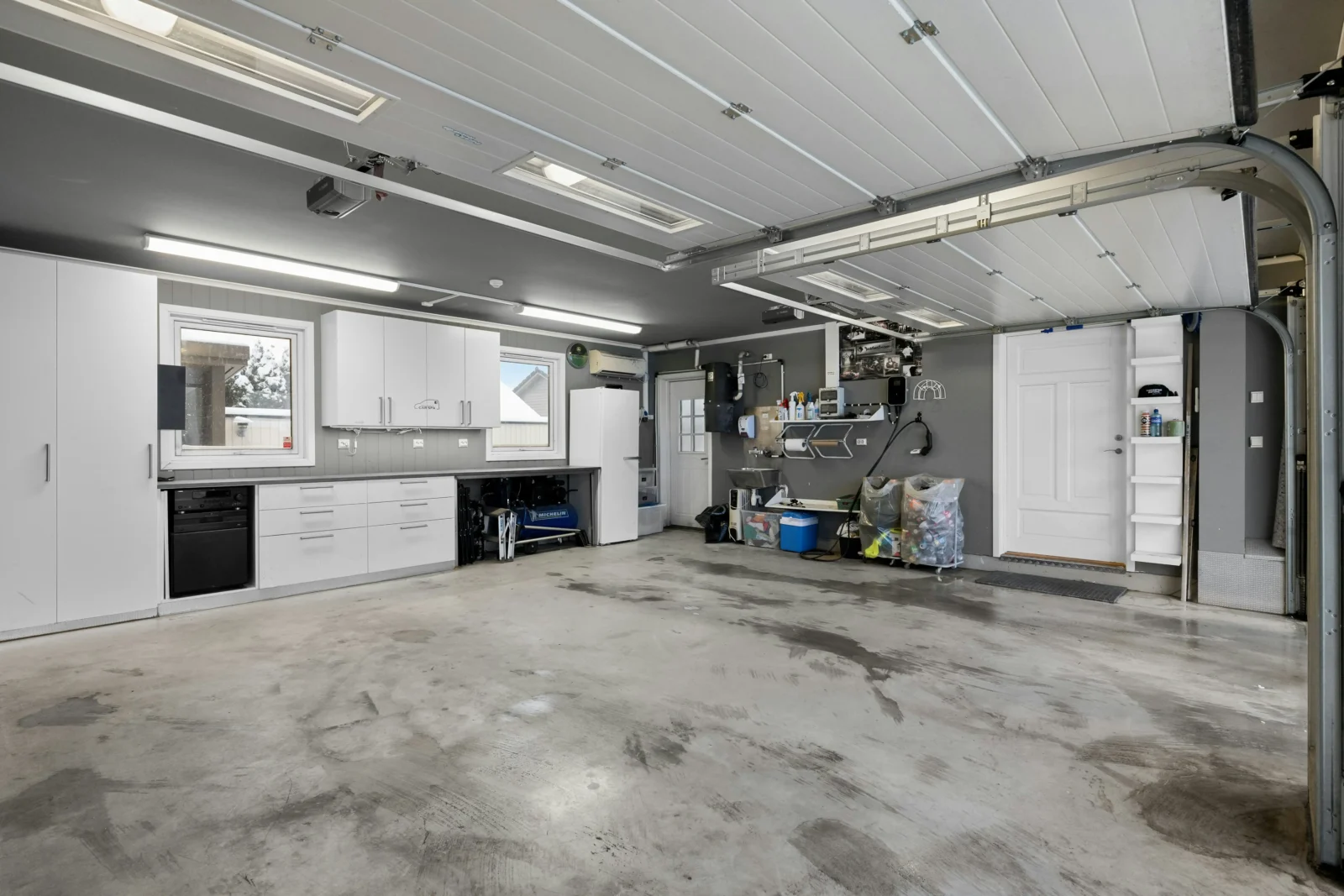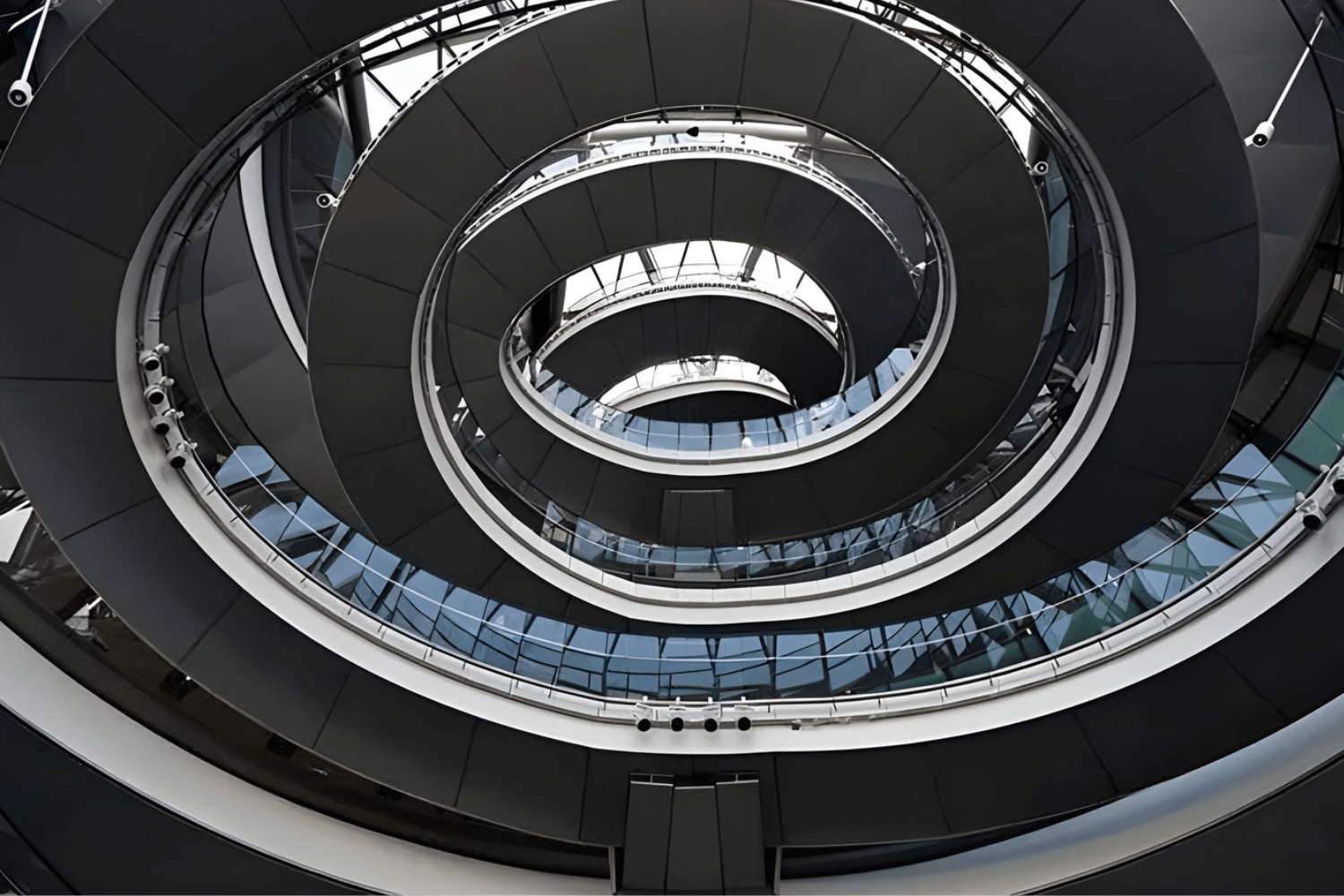- Home
- Articles
- Architectural Portfolio
- Architectral Presentation
- Inspirational Stories
- Architecture News
- Visualization
- BIM Industry
- Facade Design
- Parametric Design
- Career
- Landscape Architecture
- Construction
- Artificial Intelligence
- Sketching
- Design Softwares
- Diagrams
- Writing
- Architectural Tips
- Sustainability
- Courses
- Concept
- Technology
- History & Heritage
- Future of Architecture
- Guides & How-To
- Art & Culture
- Projects
- Interior Design
- Competitions
- Jobs
- Store
- Tools
- More
- Home
- Articles
- Architectural Portfolio
- Architectral Presentation
- Inspirational Stories
- Architecture News
- Visualization
- BIM Industry
- Facade Design
- Parametric Design
- Career
- Landscape Architecture
- Construction
- Artificial Intelligence
- Sketching
- Design Softwares
- Diagrams
- Writing
- Architectural Tips
- Sustainability
- Courses
- Concept
- Technology
- History & Heritage
- Future of Architecture
- Guides & How-To
- Art & Culture
- Projects
- Interior Design
- Competitions
- Jobs
- Store
- Tools
- More
Intelligent Buildings: Designing for the Future of Multifamily Living

Table of Contents
ToggleIntelligent Buildings: Designing for the Future
As cities evolve to meet the demands of a growing, tech-savvy population, the concept of the intelligent building is emerging as a cornerstone of modern urban development. These structures go beyond traditional design by integrating digital systems that automate and optimize everything from lighting and HVAC to access control and energy management.
This article explores how intelligent building technology is shaping the future of real estate, what key systems are driving innovation, and why architects, developers, and property managers should prioritize smart infrastructure in their projects.
What Is an Intelligent Building?
An intelligent building integrates interconnected systems so they communicate and operate together via digital sensors and automation. In today’s built environment, intelligent buildings leverage Internet of Things (IoT) devices, cloud systems, building management systems (BMS), and sometimes artificial intelligence to automate routine tasks, adapt to real‑time conditions, and optimize resource use. These capabilities enhance occupant comfort and convenience, simplify facility operations, and prolong asset life.
From a technical perspective, intelligent buildings listen to occupancy patterns, adjust systems autonomously, forecast energy demand, and coordinate subsystems through centralized management platforms. From the occupant viewpoint, interiors respond automatically to presence, temperature needs, lighting preferences, and air quality.

Key Components of Intelligent Buildings
Intelligent buildings bring together multiple layers of technology to deliver improved performance:
1. Automation via Building Management Systems (BMS)
A robust BMS automatically controls HVAC, lighting, shading, access, security, and water systems. The BMS is designed to optimize energy use, maintain thermal comfort, and reduce waste. These systems often achieve energy savings between 10 % and 30 %, with higher savings when combined with occupancy sensors and adaptive lighting.
2. IoT Sensors and Real‑Time Monitoring
Sensors collect data on temperature, occupancy, humidity, air quality, lighting levels, and energy use. This data is analyzed to trigger automated responses—such as dimming lights in an empty conference room or adjusting HVAC when people enter a space. And in many cases, a digital twin mirrors real conditions so managers can monitor and respond visually.
3. Sub‑System Integration
All systems are linked via standardized communication protocols such as BACnet or open standards. By breaking down operational silos, buildings can respond holistically to environmental changes, occupancy, and utility.
4. Data Analytics and Predictive Control
AI or advanced analytics platforms interpret historical and real‑time data to forecast occupancy patterns, energy demand, and maintenance needs. The building responds proactively—altering temperature when fewer employees arrive or scheduling maintenance before a system fails.
Why Design an Intelligent Building?
Intelligent buildings are ideal for commercial offices, multifamily housing, mixed‑use towers, and institutional campuses. They offer multiple strategic benefits to developers, owners, managers, and occupants.
Energy Efficiency and Sustainability
By optimizing lighting and HVAC based on occupancy and daylight, intelligent buildings reduce overall energy use. Water conservation is also supported through smart irrigation and leak detection. These efficiencies help buildings achieve green certifications such as LEED or net‑zero credentials.

Cost Reduction and Operational Savings
Automated control leads to lower utility bills, reduced equipment wear, fewer maintenance calls, and longer equipment life. Many buildings recoup upfront investment in automation within a few years via energy and maintenance savings.
Enhanced Occupant Comfort and Productivity
Stability of indoor temperature, consistent lighting levels, clean air, and noise mitigation all contribute to occupant well‑being. Employees in office buildings or residents in multifamily units report higher satisfaction when these intelligent systems ensure comfort without manual adjustment.
Security and Access Control
Intelligent buildings integrate smart access points, surveillance, and intercom systems that log occupant movement, enable secure entry, and alert managers to anomalies. These systems can restrict access automatically and manage visitor flows more safely and efficiently.
Higher Asset Value and Occupancy Rates
More intelligent buildings are attractive to tenants, particularly those who value sustainability and modern amenities. Occupancy rates rise, lease terms improve, and owners can command premium rents. These qualities also extend the building’s lifespan and desirability in the resale market.
How to Design or Retrofit an Intelligent Commercial or Multifamily Building
Step 1: Define Goals and Scope
Determine whether the focus is energy reduction, occupant comfort, security, or all of the above. Clarify whether you are targeting new construction or retrofit.
Step 2: Select Unified Platforms and Protocols
Choose systems that support integration via BACnet, open APIs, or energy management standards like EN 50491–12. This ensures interoperability and future scalability.
Step 3: Layer On Smart Sensors and IoT
Install occupancy sensors, air quality monitors, and energy meters. Connect these sensors to the BMS or analytics platform to enable real‑time data aggregation and adaptive control.
Step 4: Incorporate Predictive Analytics
Use AI or cloud platforms to forecast patterns and detect anomalies before they cause disruption. Predictive diagnostics ensure that building systems run smoothly and maintenance becomes proactive.
Step 5: Prioritize Occupant Experience
Provide dashboards or mobile apps for occupants to monitor building conditions, air quality, energy use, or temperature settings. Increase transparency and enable tenants to adopt greener habits.
Step 6: Plan Ongoing Monitoring
Use digital twins or visual analytics tools so facility managers can inspect energy usage, track alerts, and respond visually to operational anomalies.
Challenges and Considerations
Privacy and Data Security
With pervasive sensors and networked systems, data collection must be managed carefully. Many studies show that occupants prefer transparent, opt‑in notifications for data collection rather than ambiguous signage or buried disclosures.
Integration Complexity and Standards
Older buildings may lack infrastructure ready for automation. Combining legacy systems with new technology requires planning and often phased upgrades. Open protocols and modular platforms help mitigate compatibility issues.

Cybersecurity Risks
Connected systems expose facilities to potential cybersecurity threats. Vulnerabilities in building automation may allow external actors to manipulate climate control, lighting or access systems. Strong encryption, network segmentation, regular updates, and vendor compliance with security standards are essential.
The Future of Intelligent Buildings
Looking ahead, several emerging trends will continue to shape intelligent building design:
- Digital twins combining BIM and IoT offer real‑time visual control of building systems.
- Adaptive facade systems like climate‑adaptive building shells enable dynamic responses to weather and occupancy to reduce energy load.
- AI‑based predictive comfort control balances occupant preferences with energy efficiency.
- Integration with renewable energy through photovoltaics or geothermal and smart distribution systems.
- Industry‑wide standards for energy and data management that support scalability and sustainability goals.
Conclusion
For commercial and multifamily property owners, the shift to intelligent building design is no longer optional; it is strategic. Intelligent buildings deliver measurable savings in energy and operations, raise occupant satisfaction, enhance security, and align with today’s sustainability expectations.
By combining BMS, integrated sensors, predictive analytics, occupant‑facing dashboards, and robust protocols, developers and operators can create environments that are efficient, responsive, and future‑proof.
illustrarch is your daily dose of architecture. Leading community designed for all lovers of illustration and #drawing.
Submit your architectural projects
Follow these steps for submission your project. Submission FormLatest Posts
Are Organic Bamboo Sheets Worth the Investment?
When it comes to getting a good night’s sleep, the quality of...
Converting Garages to Living Spaces: Structural Changes That Require Professional Engineering
When considering a garage conversion to extend your home’s living space, understanding...
A Beginner’s Guide to Architectural Details
Architectural details explained for beginners: clear terms, key joints, proportions, climate-smart specs,...
5 Must-Visit Structures by Norman Foster
Explore five must-visit structures by Norman Foster, showcasing iconic works that combine...












Leave a comment